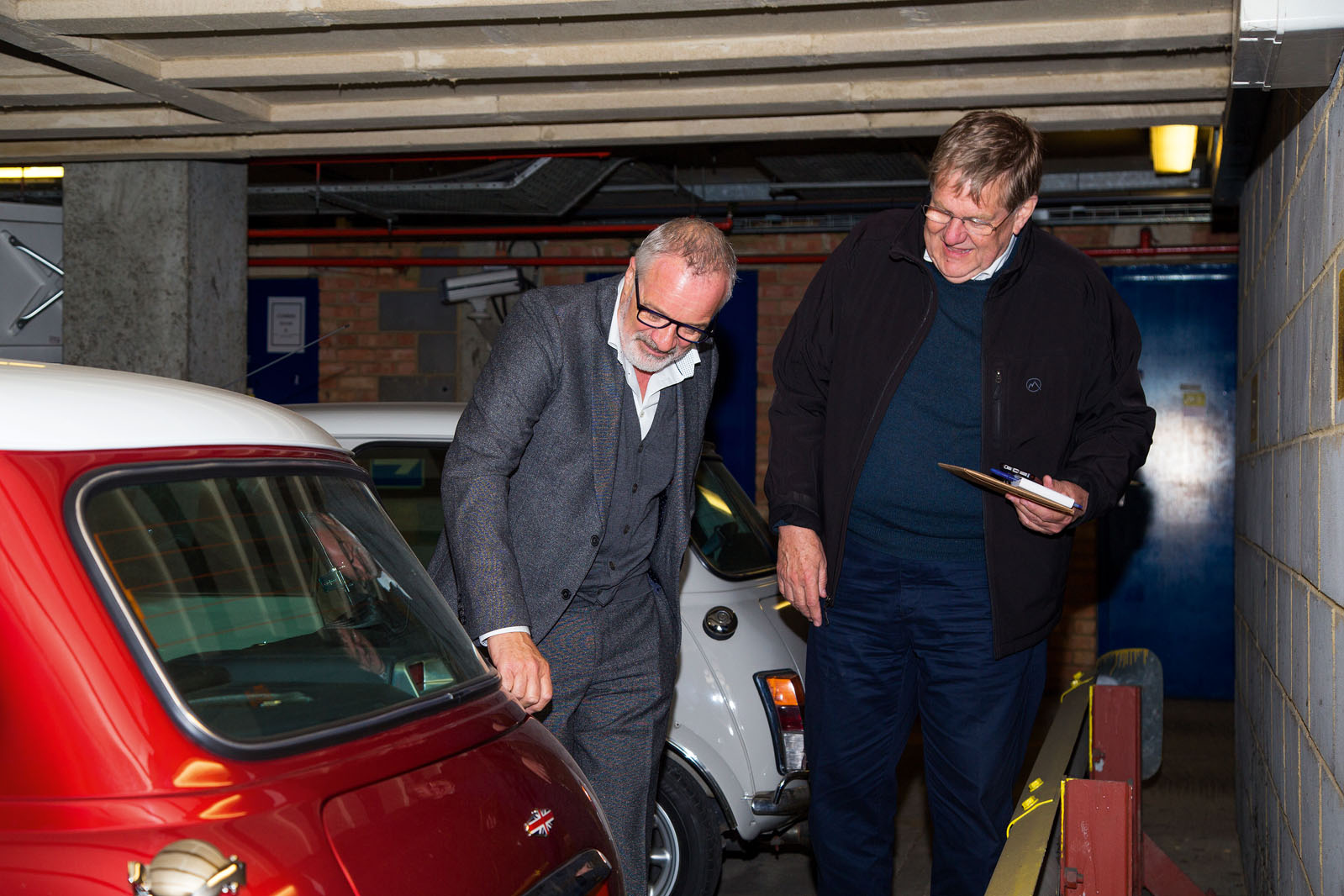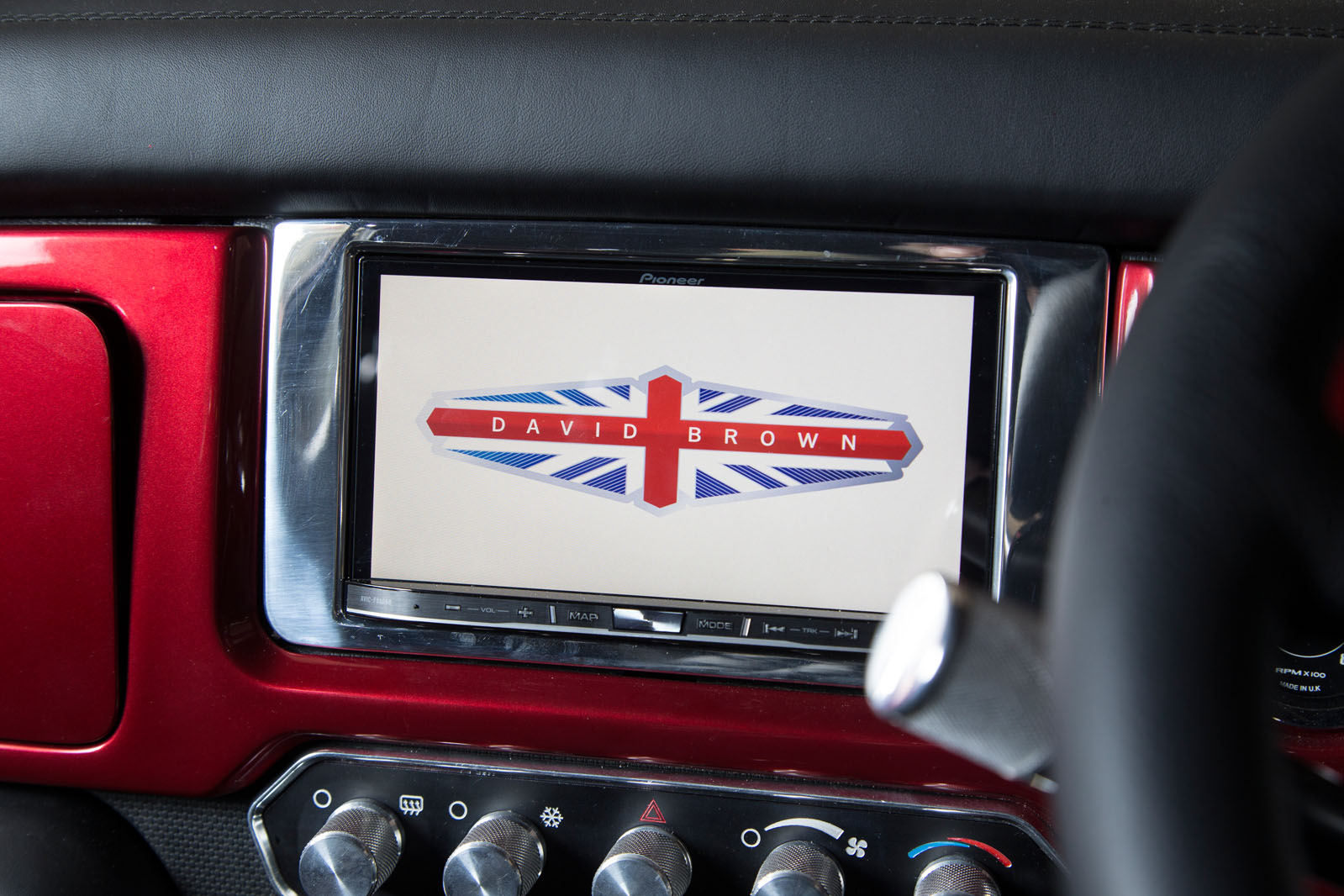Well-known quotes from Hollywood blockbusters rarely get into car stories, but David Brown, the man behind Mini Remastered, produced one last week while explaining how he intends to cope with the unexpectedly high demand for his new family of modernised, customised classic Minis.
“Well,” he said, nicking Roy Scheider’s famous line from Jaws, “we’re gonna need a bigger boat…”
When the Remastered idea was revealed about six weeks ago, Brown and his small team talked about initial production of about 100 cars a year, a settle-down volume of about 250 and delivery of the first car this November. But by the end of the first day, serious enquiries – some from as far afield as Japan and Australia – had topped 650, and now the number has swelled beyond 2000. The phone rings all the time.

The company’s tiny sales team (comprising people who do other jobs but have had to learn a new skill) has started taking £2000 deposits so those with a particularly severe case of gotta-have-one disease can be on a waiting list. It’s not that the company really wants a waiting list at this stage; more that it’s a way of coping with relentless customer pressure. Brown calls the response “brilliant”, but also knows it’s going to force a re-think of his business model.
David Brown Automotive has long planned a move this month into new factory at Silverstone. The place was planned as home base for both the Mini project and Brown’s existing Speedback business: for several years DBA has been building an ultra-low volume £600,000 GT car with styling reminiscent of an Aston Martin DB5, based on the inner architecture of the all-aluminium Jaguar XK. But with orders already reaching into production years ahead, he knows he’ll have to think again – hence the “bigger boat” observation.































































Join the debate
Add your comment
smokescreen38 + KiwiRob
i'm not sure anyone makes ford shells, but i haven't really looked for them
DB Mini
There's a few resto companies sourcing Escorts from South Africa & Australia, for the relatively sound bodyshells so it's not impossible especially for a limited run car. Still way out of my budget. But would be nice to see.
If I wanted a classic shape
Not keen on the rear lights,
And the leather straps look out of place, might suit a 1930s grand tourer, but not really a Mini. Some bonnet stripes might suit better.
Getting rid of the seams and gutters looks a lot cleaner, however those were part of the character of the original car. Even the mk1 "new MINI" (which has aged surprisingly well) paid homage to the diagonal seam on the front wing by having this as the rear edge of the clamshell bonnet.
The DB Mini would be a cracking little post-lottery-win weekend toy all the same :)